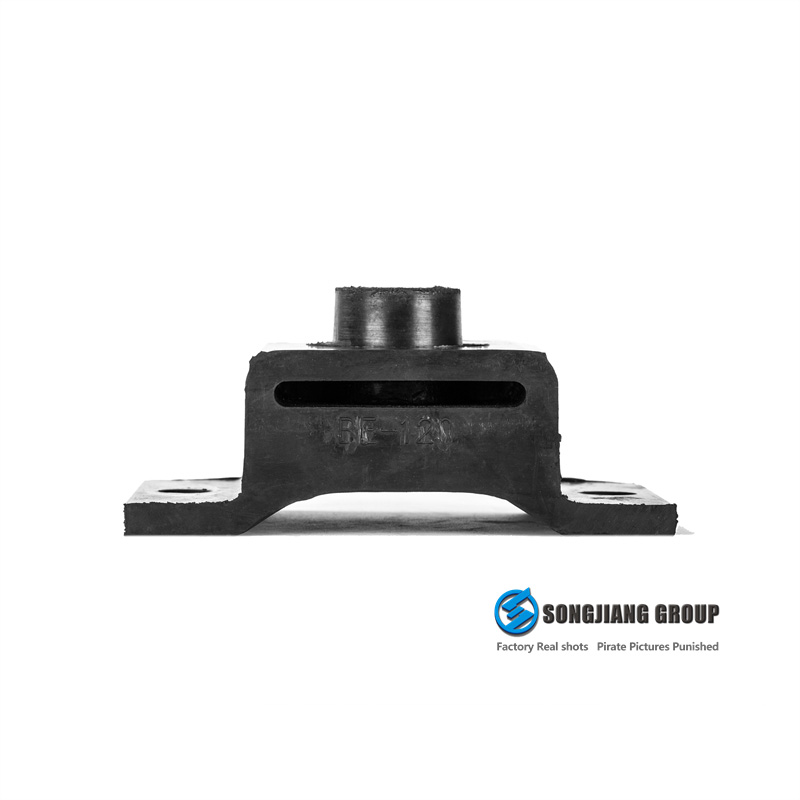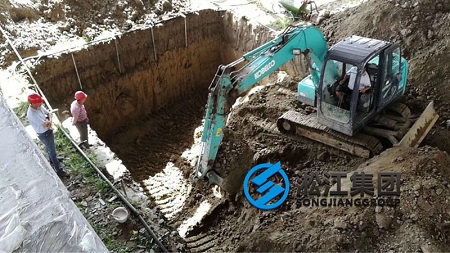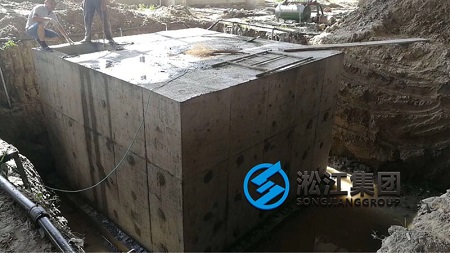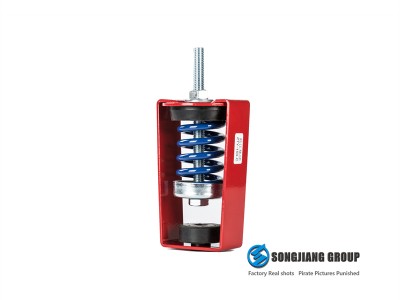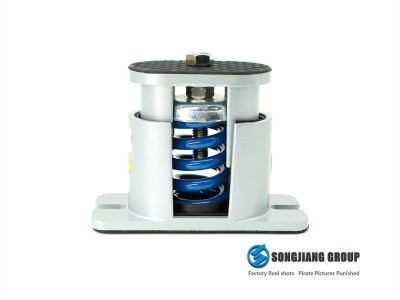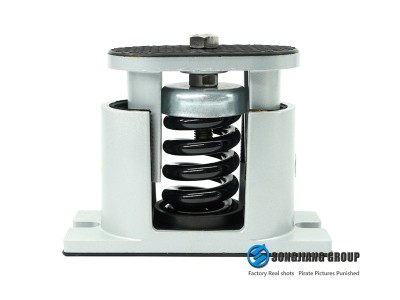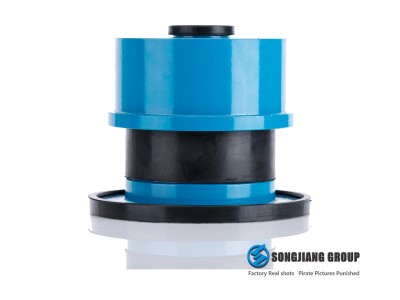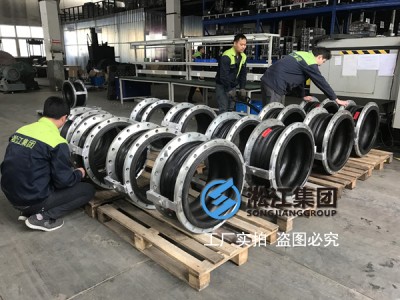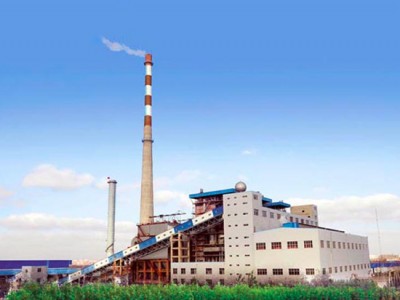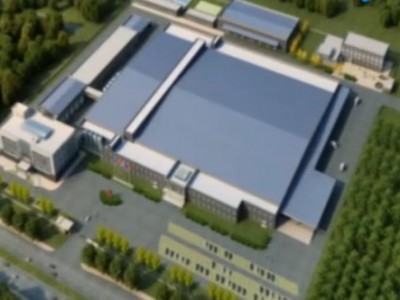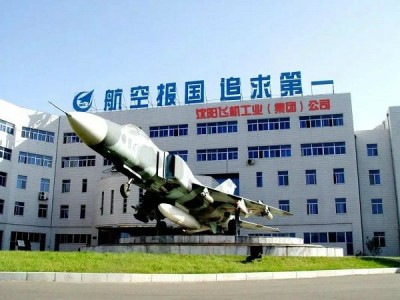In the event of an environmental accident, the leaked material can be collected and the capacity can ensure the maximum amount of leakage. The accident pool must be anticorrosive and cannot pollute groundwater.
The emergency pool was first proposed because of jilin Petrochemical pollution accident, and then according to gb50283-2009 “Code for Environmental Protection Design of Chemical Construction Projects”, chemical construction projects should set up emergency pool. However, there is no clear explanation about the calculation method of emergency pool. According to the current method of determining the volume of emergency pool, it is not certain that the wastewater will not overflow the ground during the accident.
At present, there are three main bases for calculating the volume of the emergency pool: one is guidelines for Design of Emergency Measures for Water Pollution Prevention and Control (hereinafter referred to as “Guidelines”) issued by SINOPEC Construction Standard [2016] 43; One is code for Environmental Protection Design of Chemical Engineering Construction Projects (GB 50483-2009) (hereinafter referred to as “Code”); The other one is the enterprise standard of China National Petroleum Corporation “Technical Requirements for Prevention and Control of Water Pollution under Accident Condition” (Q/SY1190-2009), which is identical with the “guidelines”. As the method of the “guidelines” is relatively specific and all parameters can be implemented, the volume of the emergency pool is generally calculated according to the provisions of the “Guidelines”. Many designers will directly use the results calculated by the formula in the “guidelines” as the effective volume of the accident pool (neither the “Guidelines” nor the “specification” directly put forward the safety margin requirements for the accident pool volume).
There are two important factors in determining the volume of the emergency pool: fire water consumption and the amount of rain water that may enter the pool in case of an accident, which are not the maximum values calculated according to the current design code.
Fire water consumption: According to the design code, the fire according to the fire water flow rate and the product of fire duration calculated, and the current fire in the norms of fire water flow is design must ensure that the minimum flow, the fire duration is specified in the specifications must be guaranteed in the design of the minimum time, therefore, is made by both the product of the fire water design must ensure that the minimum water consumption, Therefore, the actual fire water consumption may be much larger than the water quality designed in accordance with the specifications.
At present, there are two ways to calculate the amount of water that may enter the accident pool in the event of an accident. The second is according to the “local maximum rainfall” stipulated in the “regulations”. However, according to the design theory of rainwater drainage system, the rainfall in a certain period of time is determined by the catchment area and the design rainstorm intensity, and there is an important parameter in the calculation of rainstorm intensity — the design recurrence period, which is evaluated according to the importance of drainage area, economic conditions and other factors, and can be infinite in theory. “Local maximum rainfall” is only a relative maximum, there is no absolute maximum, in fact there must be greater rainfall than it.
The design code is clear fire pool fire hydrating time shoulds not be more than 48 h, which means fire to consider in a short period of time the second fire response to accident pool empty time, the current specification didn’t make a request, or cause accidents pool empty time is entirely possible by this company or outsourcing unit sewage treatment capacity limit and more than 48 h, Therefore, the second fire in a short period of time will produce accident waste water, because the accident pool can not be fully contained and overflow.
Therefore, according to the current emergency pool capacity calculation basis, it is completely possible that the accident pool can not contain the actual amount of wastewater generated when the accident occurs and overflow. Therefore, it is required that the accident pool should be located in the lowest terrain of the factory. In the emergency plan for the accident, it should be clear that sandbags and other measures should be taken at the opening of the door in the factory wall. The wastewater from the textile accident pool spills and flows to the water body outside the factory. Drainage pipe network, on the other hand, the design of drainage ability also have the same case, it may also be a spillover temporarily can not adapt to the actual drainage discharge, in addition, after the incident pool is higher than pond water inlet, with also to rise, drainage of drainage pipe network capacity decreases the actual grade (water reducing), is this attachment ground temporarily increases the possibility of water, Therefore, it is also required that the emergency pool should be located near the end of the pipe network with a large diameter of the rainwater pipe as far as possible.
To implement confined space operations, you must:
1. Formulate limited space operation plan, clarify personnel and their safety responsibilities, perform operation approval procedures and make safe disclosure.
2. Close the working area and set up safety warnings, carry out safety inspection and isolation of equipment, conduct mechanical ventilation and gas detection, judge the working environment and confirm that the environment is safe before entering, and someone must monitor.
3. Operators should correctly choose and wear personal protective equipment, and monitor the whole process of continuous monitoring outside the limited space.
4. The characteristics of secondary accidents in limited space operations are prominent, so enterprises should strengthen emergency management.
Emergency management of limited space operations shall:
1. Formulate feasible emergency plans.
2. Equip necessary emergency rescue equipment.
3. Conduct regular drills to improve the emergency rescue ability of relevant personnel.
4. Once an accident occurs, report to the police immediately and forbid blind rescue to prevent further expansion of the accident.
5. Rescuers should first protect themselves when carrying out rescue operations.
Emergency pool, also known as accident buffer pool or emergency pool, refers to the sewage collection facilities that can effectively accept the polluted water such as drainage and fire water in case of an accident, so as to prevent the polluted water from entering the external environment and causing pollution. In the process of actual accident disposal, the accident waste water is collected through the accident emergency pool, which reduces the occurrence probability of secondary water environmental pollution event caused by the accident to the maximum extent, and ensures the environmental safety.


